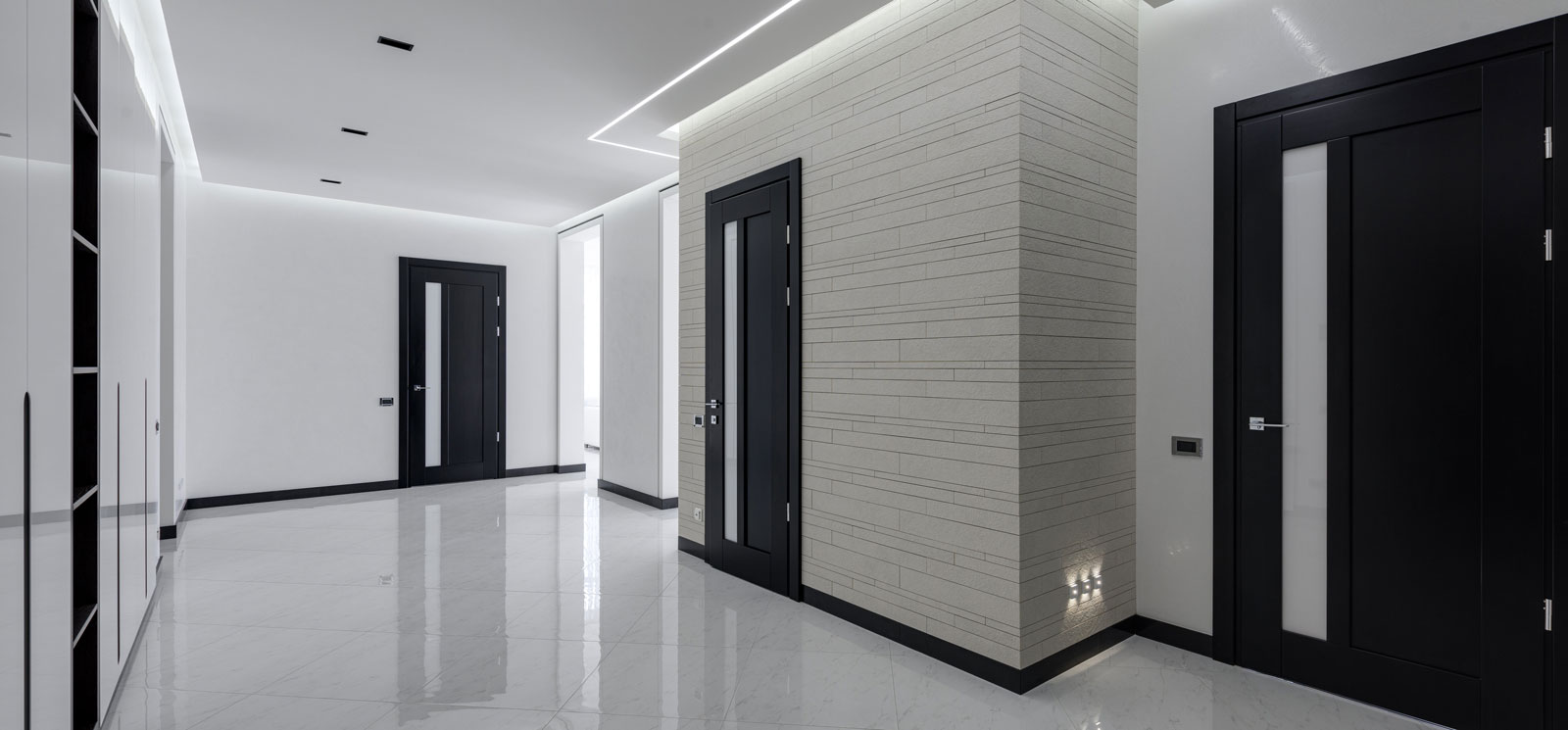
Potential Conflicts of Interest in Design-Build Projects: 4 Factors to Consider
In commercial real estate, the term “Design-Build” refers to a project delivery method where the design and commissioning phases of a project are handled by a single entity. This approach is a departure from the traditional design-bid-build method, where the design and construction responsibilities are divided between separate entities.
The Design-Build approach came to life during the early stages of building technology, when vendors and solutions were limited. At that time, given the limited options available, it was easy for owners and developers to work with a single vendor to design and build the system. It made sense and offered very little in terms of downside.
That’s no longer the case.
The building technology ecosystem has exploded over the past 10 years, giving owners and developers incredible optionality across IoT and Smart Building Technology, which is why locking your asset into a single entity with a Design-Build is risky at best.
Let us explain.
The Design-Build approach is fraught with inherent conflicts of interest. We explore the four most obvious:
- Biased Technology Recommendations & Innovation: Design-Build firms have a bias towards recommending and implementing their own technology solutions, even if alternative, more suitable options exist in the market. This bias eliminates their ability to be objective in their recommendations during the design phase, hindering the building owner’s ability to leverage cutting-edge technologies.
- Conflict in Prioritizing Objectives & Costs: Design-Build firms are apt to make decisions that prioritize cost savings for themselves, that might not align with the best solutions for the owner’s long-term vision of the building.
- Transparency & Accountability: Design-Build firms recommend infrastructure and solutions within their portfolio. This is problematic for innovative owners and developers who are seeking recommendations that prioritize their vision. How can there be transparency and accountability when competing interests arise?
- Alternative Solutions Evaluation: Design-Build firms should, in theory, address the conflict of interest by being willing to evaluate and consider alternative technology solutions other than those within their portfolio. This includes engaging in a comprehensive evaluation process that considers other possible solutions that meet the project’s specific needs and objectives. However, this does not occur. How could it? The Design-Build firm is often only willing to design because they are building out the project with their proprietary systems.
The reality is that the Design-Build approach is passé and no longer serves the interests of building owners. It goes against reasons to expect the providers to Design-Build a project without their own infrastructure. Which is why the Design-Build approach has been replaced with the advent of independent low-voltage consultants, like WhiteSpace.
WhiteSpace serves as an owner’s rep with unbiased insights and objective recommendations.
The WhiteSpace process hinges on two pillars of objectivity:
- WhiteSpace is vendor agnostic. We don’t receive kickbacks from any vendor or solution we recommend. When we make a recommendation, it is solely for the benefit of our client, the building owner or developer.
- WhiteSpace designs the system, then a third party builds it. This ensures all systems are designed and built according to the owner’s vision, eliminating the potentially serious risks associated with conflicts of interest inherent to the Design-Build approach.
In summary: Design-Builds are out. Owner’s reps are in.
And as an owner’s rep, WhiteSpace is always here to handle your building technology needs. No vision is too big! If you’re in need of technology services for your next CRE project (whether it’s new development, or brownfield projects), get in touch with us and let our expertise set your development up for the future.
Recent blogs
Understanding Request to Exit (REX) Sensors in Multifamily Buildings
Why This Small Low Voltage Detail Has Big Implications for Safety, Security, and System Longevity In the world of building technology, it’s often the smallest details that make the biggest impact. At WhiteSpace, we specialize in designing and commissioning low voltage systems for multifamily and commercial real estate, and one […]
Meet Chris Coates, WhiteSpace’s Newest Project Coordinator
We’re excited to welcome Chris Coates to the WhiteSpace team as our newest Project Coordinator. Chris brings a unique blend of technical insight, business strategy, and a drive for continuous improvement—qualities that align perfectly with our commitment to delivering exceptional outcomes for our clients. Chris holds a Bachelor’s of Specialized […]



